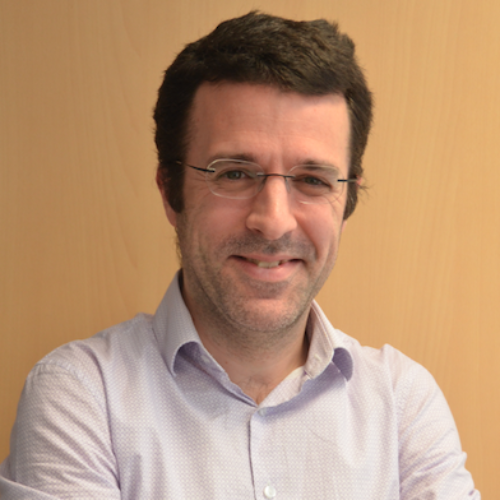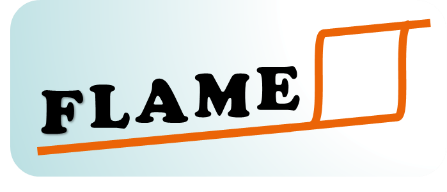
Prediction and Optimization of Antiferroelectric Materials
Prof. Jorge Íñiguez Materials Research and Technology Department, Luxembourg Institute of Science and Technology / Department of Physics and Materials Science, University of Luxembourg
I will discuss our recent theoretical efforts to identify materials that present antiferroelectric behavior, with the primary goal of optimizing their energy-storage performance. I will present two research lines. First, I will show how a high-throughput first-principles investigation of perovskite oxides (initially aimed at finding dominant antipolar lattice instabilities in this family) led us to predict that long-known pyroxene-like compounds like KVO3 are antiferroelectric. Further, we noticed that the (antipolar) structural features enabling this behavior are also present in other allimportant mineral families, suggesting that they too are candidates to display antiferroelectric properties [1]. Second, I will show how we can “electrostatic-engineer” regular ferroelectric compounds so that they behave as antiferroelectrics. More precisely, our second-principles simulations of PbTiO3/SrTiO3 superlattices – known to display short-period multidomain structures that can be viewed as antipolar arrangements [2] – predict an antiferroelectric-like response to an electric field [3]. Further, we show that the behavior of these superlattices can be optimized through various design parameters(e.g., layer thickness, epitaxial strain) to reach energy densities and efficiencies of the same order as the best-performing antiferroelectric compounds (e.g., exceeding 80 J/cm3 with 100% efficiency for a field of 3.5 MV/cm).
Work done in collaboration with Hugo Aramberri and Natalya Fedorova, and funded by the Luxembourg National Research Fund through projects INTER/ANR/16/11562984 “EXPAND” (H.A. and J.Í.) and C18/MS/12705883 “REFOX” (N.F.).
[1] Antiferroelectricity in a family of pyroxene-like oxides with rich polymorphism, H. Aramberri and J. Íñiguez, Communications Materials 1, 52 (2020).
[2] Observation of polar vortices in oxide superlattices, A.K. Yadav et al., Nature 530, 198 (2016).
[3] H. Aramberri, N. Fedorova and J. Íñiguez, in preparation (2021).
Jorge Íñiguez is a lead researcher for computational materials physics at the Luxembourg Institute of Science and Technology, and affiliate professor at the University of Luxembourg. His work focuses on the application of electronic structure methods to materials science problems, including extensive studies of perovskite oxides (ferroelectricity and magnetism, phase diagrams, property tuning by nano-structuring) as well as theoretical and methodological developments (e.g., for the calculation of magnetoelectric effects or the realization of large-scale statistical simulations). Recent highlights include the investigation of negative capacitance and voltage amplification in ferroelectric heterostructures, the identification of strategies to obtain materials that are simultaneously metallic and ferroelectric, and the discovery of electric skyrmions.
About the FLAME-inars
The FLAME-inars are organized by the collaborative project FLAME at TU Darmstadt, in which electronic-structure-property relationships are being developed and exploited to realize novel lead-free antiferroelectric compounds. The seminars will gather experts in processing, characterization and theory to discuss materials and applications, bulk and thin films, fundamental properties, electronic structure & defects, and related aspects.



